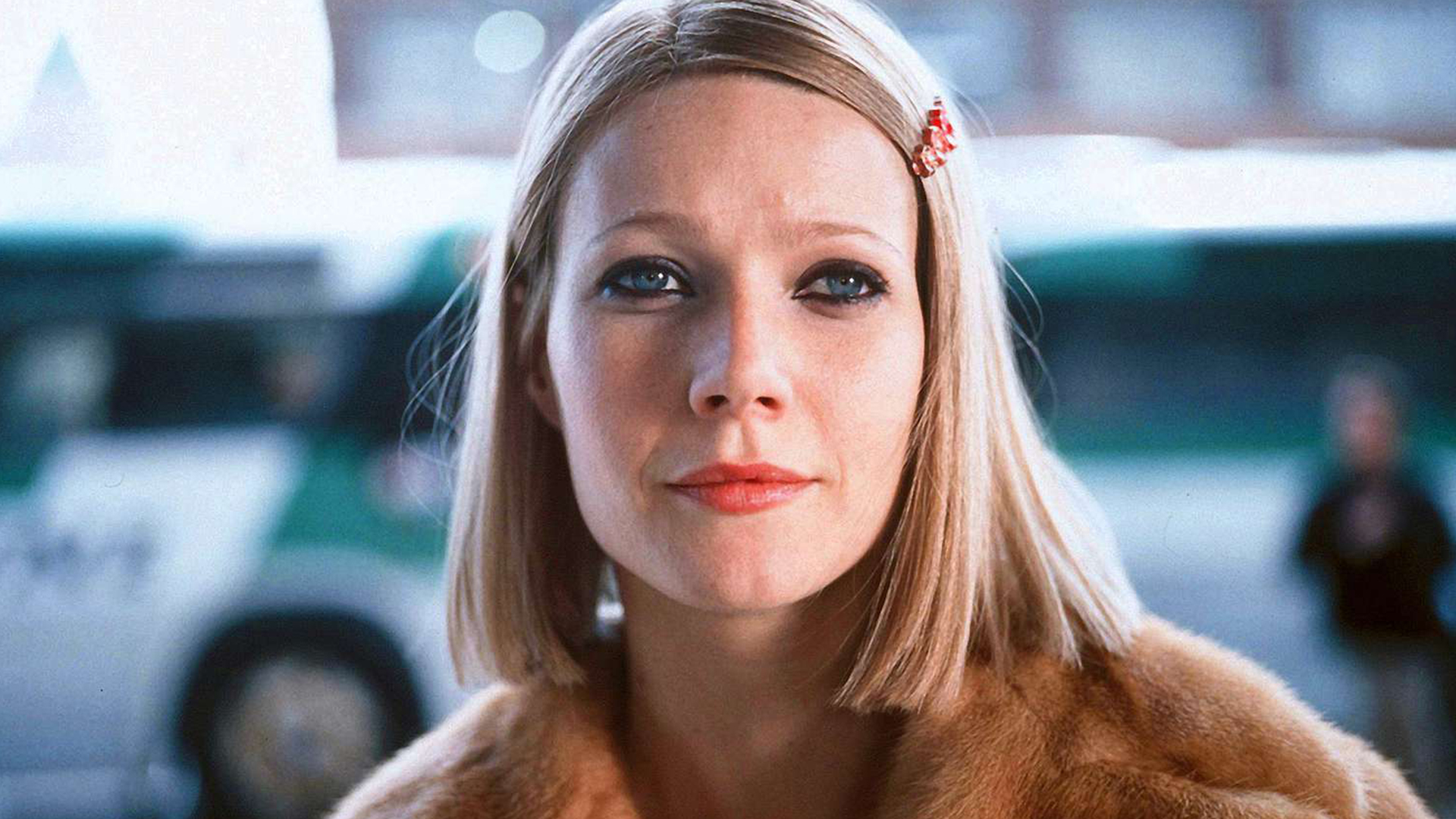Director: Köken Ergun
Turkey, Australia, 2018, 88’, color
Turkish, English with Turkish, English subtitle
Each year, crowds of Turkish, Australian and New Zealander tourists travel to Gallipoli, Turkey. They honor their fallen soldiers who lost their lives in the Gallipoli/Çanakkale Campaign—one of the bloodiest conflicts of World War One—, which is considered as a defining moment in the establishment of the Turkish nation state as well as the beginning of national consciousness in Australia and New Zealand. With heightened emotions, they move around the historical battlefields, graves and war monuments, with the help of guided tours tailored for each community. Over the course of two years, Köken Ergun joined various Gallipoli tours, recording divergent war narratives told by different tour guides, emotional reactions of their audience, interviews with tour participants and patriotic theatre plays organised by the Turkish state. The resulting film offers a rare insight into how nationalist emotions are kept alive through a "tourism of martyrdom."
Trailer

The New Year is more than just a date change on the calendar. It often marks a turning point where the weight of past experiences is felt or the uncertainty of the future is faced. This season, Pera Film highlights films that delve into themes of hope, regret, nostalgia, and new beginnings.
Tuesday - Saturday 10:00 - 19:00
Friday 10:00 - 22:00
Sunday 12:00 - 18:00
The museum is closed on Mondays.
On Wednesdays, the students can
visit the museum free of admission.
Full ticket: 300 TL
Discounted: 150 TL
Groups: 200 TL (minimum 10 people)